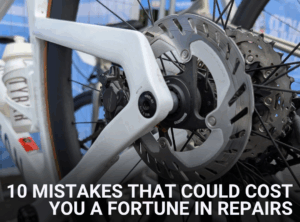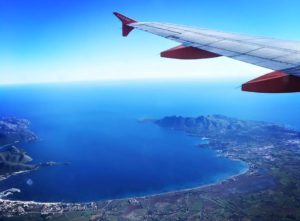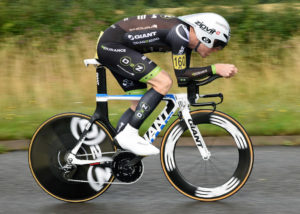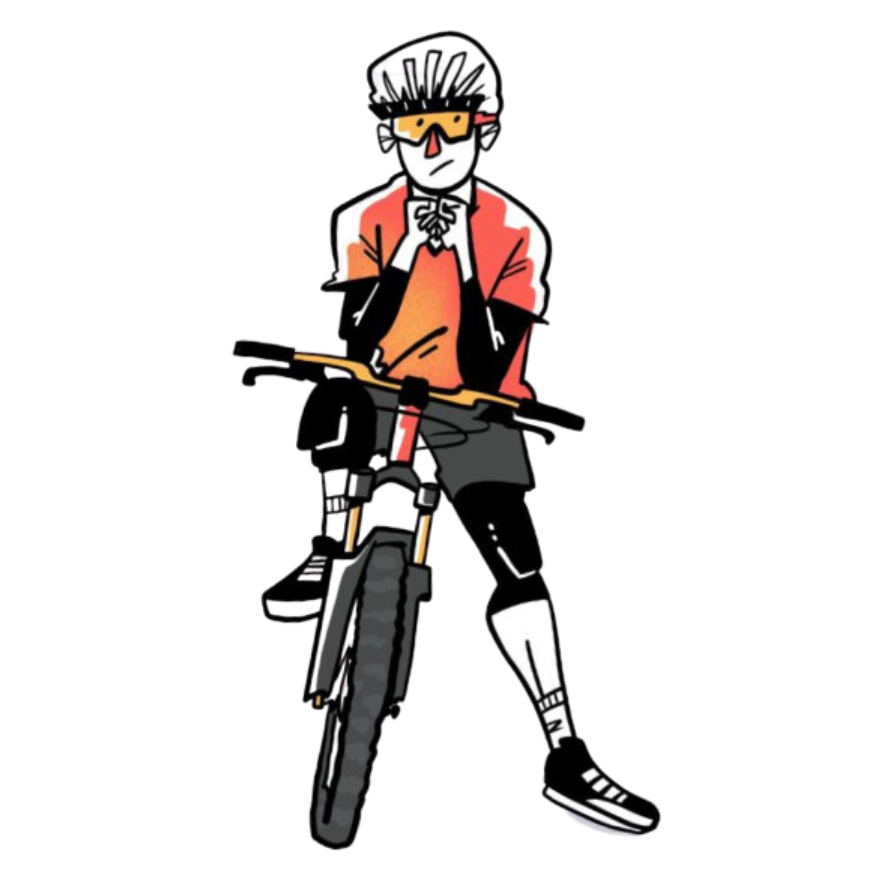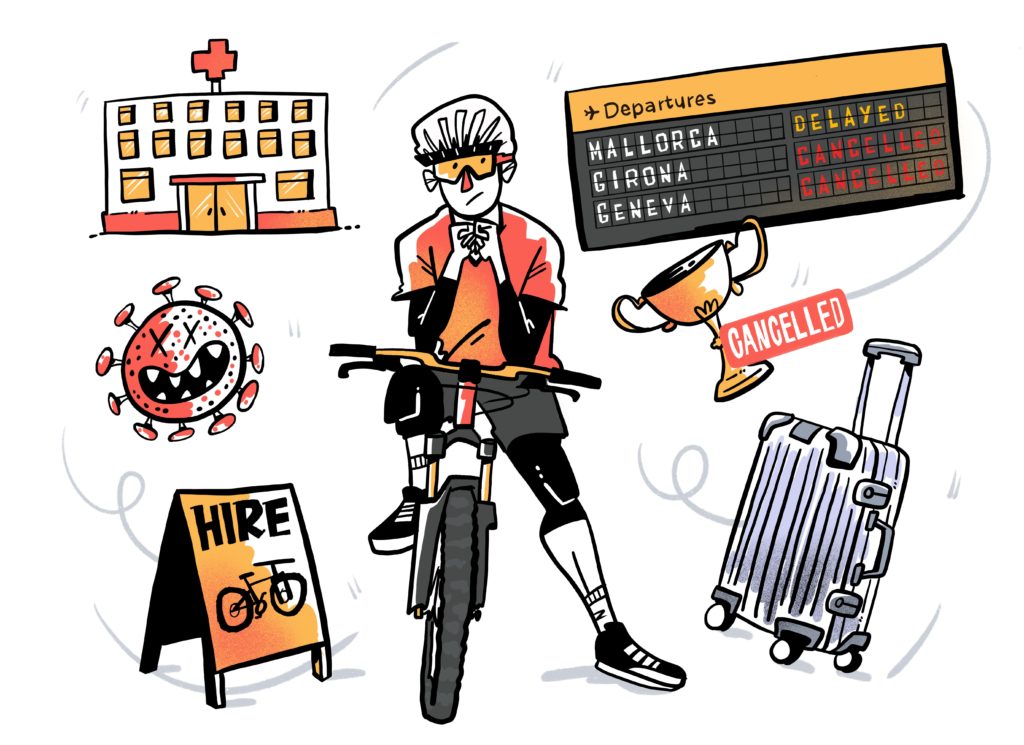This year, the grande boucle has a very new look. A first Italian start and no finish on the Champs-Élysées in Paris as the French capital prepares itself to host the Olympics.
However, that does not mean that the route lacks the usual traditions that we know so well. The Col du Galibier and a finish in Pau bring a certain familiarity to this unusual parcours.
A weekend getaway to Italy
It may surprise you to know that the Tour de France Grand Depart, or ‘Big Start’ often starts outside of France. 25 times, to be exact. The 26th time, however, will also be a first as Italy takes the hosting role. The last Italian to win the race was Vincenzo Nibali in 2014.
Ten year on, the cameras will be focused on the so called ‘Big Four’ of defending champion Jonas Vingegaard (Visma-Lease a Bike), two-time winner Tadej Pogačar (UAE Team Emirates), former runner up Primož Roglič (Bora-Hansgrohe) and debutant Remco Evenepoel (Soudal-QuickStep).
But, Florence, Rimini, Cesenatico, Bologna, Plaisance, Turin and Pinerolo, as well as the surrounding countryside, will likely steal the show.
The history of Florence alone is an epic story. The Medici and Pazzi feud where the Pazzi family attempted to remove the Medicis from power in 1478 as they attempted to assassinate Lorenzo de’ Medici and successfully assassinated his brother Giuliano.
At around the same time, Sandro Botticelli was also active. One of Italy’s finest artists, he is most known for painting ‘The Birth of Venus’ which can be seen hanging on the walls of Florence’s stunning Uffizi gallery.
The Tuscan city’s most famous landmarks are its 12 bridges, Ponte Vecchio being the most famous, as well as the magnificent cathedral that commands the skyline of Florence with its incredible Duomo or dome. The building of the cathedral started in 1296 and eventually finished in 1469.
After the race leaves the beautiful streets of Florence, it heads into the Tuscan hills for what should be a brutal opening stage with plenty of climbing. Tuscany is a brilliant place if you are into food and wine. Truffles are in plentiful supply. As is wild boar. You can often get an exquisite wild boar casserole or ravioli with generous gratings of black truffle on top.
But, Tuscany is known for its Chianti. This smooth red wine has a rich plumb-like flavouring to it. The best are denoted by the ‘Chianti Classico’ badge which is a black cockerel on a white and red background. But the riders won’t be able to have any of this red nectar. They will be far too focussed on battling their way to Rimini.
Stage three finishes in Turin. The starting point for this year’s Giro d’Italia, won by Tadej Pogačar just a month ago. He is looking to be the first to do the Giro-Tour double since Marco Pantani pulled off the feat in 1998.
An Alpine double dip
Normally the Alps feature just once in the Tour. However, with the race having to finish with an individual time trial in the Mediterranean city of Nice, the race will come to the famous range twice in 2024.
The first time around is as early as stage four as the Tour waves goodbye to Italy and is welcomed into France by three monster climbs with the Col du Galibier peaking out at 2,642 metres above sea level before descending to the finish in Valloire.
The Galibier is ascended from the Lautaret side, with golden eagles soaring beneath its summit in the valleys below. This will be a key moment in the fight for yellow. Never before has the Tour gone so high so early.
At the top of the Col du Lautaret is a cafe that does a beef burger with an entire wheel of camembert in it. Alongside that is a lovely botanical garden, the Jardin du Lautaret. More than 2,000 native Alpine plants thrive in the Haute Alpes.
The first time through the Alps is brief. One stage of mountains. When the race returns in the final week they tackle several climbs in the final five stages.
One being the Col du Turini. This climb is regularly used by pro riders who live in Nice and Monaco as it is a good length and gradient to test themselves on while not going to altitude.
It is also used as a special stage in the Monte Carlo rally. The tight technical road looks like someone has dropped a giant piece of spaghetti on the side of a mountain and made a road with a very low wall on one side protecting you from a huge drop.
Popping corks… and possibly tyres
The gravel of the world famous Champagne region comes to the Tour with the final stage of the first week, stage nine, taking place around the city of Troyes.
Riders will battle over 14 rough and rugged gravel sectors and hope that their tyres stay fully inflated. The only popping they will want to hear is the Champagne cork on the podium that afternoon.
There is a long list of dos and don’ts with Champagne and things you must do to have a ‘Vintage’ or ‘Non-Vintage’ glass of alcoholic fizzy grape juice. There are 15 different types of Champagne with seven permitted grape varieties, and to take the name it must be produced within the 34,300 hectares and 319 villages that make up the specific Champagne region. The French take their wine seriously, and this definition was put into law in 1927.
A Pyrenean pair
The finale of the second week of racing sees the peloton tackle two days of Pyreneean mountains. Probably the second most famous mountain range of the seven French offerings after the Alps, the Pyrenees provide a perfect natural border between France and Spain (with Andorra squeezed in too). Nestled below the mountains-proper, the city of Pau will host a Tour de France stage for the 75th time this year.
While the Pyrenees’ mountain top finishes are best known for their winter sport offerings with skiing being top of the list, they are also ideal for walking and both road and mountain biking in the spring and summer months.
Plateau de Beille is also a Natural Zone of Ecological Interest, Fauna and Flora (ZNIEFF) type I. This means that the plants, animals and various environments are of vital natural and scientific importance. So we hope there’ll be stern consequences for any riders chucking their gel wrappers onto the verge.
Nice to see you, to see you… Nice!
For the first time ever in the 111 year history of the Tour de France, the race will not be culminating in Paris. Instead, Nice will play host to the finale, while a lesser-known sporting event takes centre stage in the capital.
Another mould-breaking moment for the race is that instead of the expected procession along the Promenade des Anglais, there will be an individual time trial from Monaco to Nice on the very last stage. A test against the clock hasn’t happened on the final day since Greg Lemond won his second of three Tour titles in 1989.
The route the time trial takes is an interesting one as it goes over climbs usually seen in March at Paris-Nice. The famous race almost always involves Col d’Eze and it is one of two climbs here.
On the food side of things, Nice is known for being where ratatouille originates. Under its official name, ratatouille niçoise, the recipe is simply made from tomatoes, aubergine, courgette, peppers and onions. It also gave its name to the 2007 animated film where a rat becomes a chef… But that isn’t really relevant.
Summary
While the race does largely take place in the south east of France, this is still very definitely a tour of the nation. Troyes and Orleans are not far away from Paris at all. And the route winds itself through the central and south western parts of this glorious nation.
There will be various stories along the way. Will Sir Mark Cavendish manage to pull off his 35th stage win and become the outright owner of the record for most stage wins? Can Tadej Pogačar be the first rider since Marco Pantani to win the Giro d’Italia and Tour de France in the same season? Might Jonas Vinegegaard pull off a truly incredible comeback and win a third Tour in a row after being in an ICU after a horror crash in April this year?
All these questions and many more besides will be answered as sports biggest annual event is poised to bring all the drama once again.

